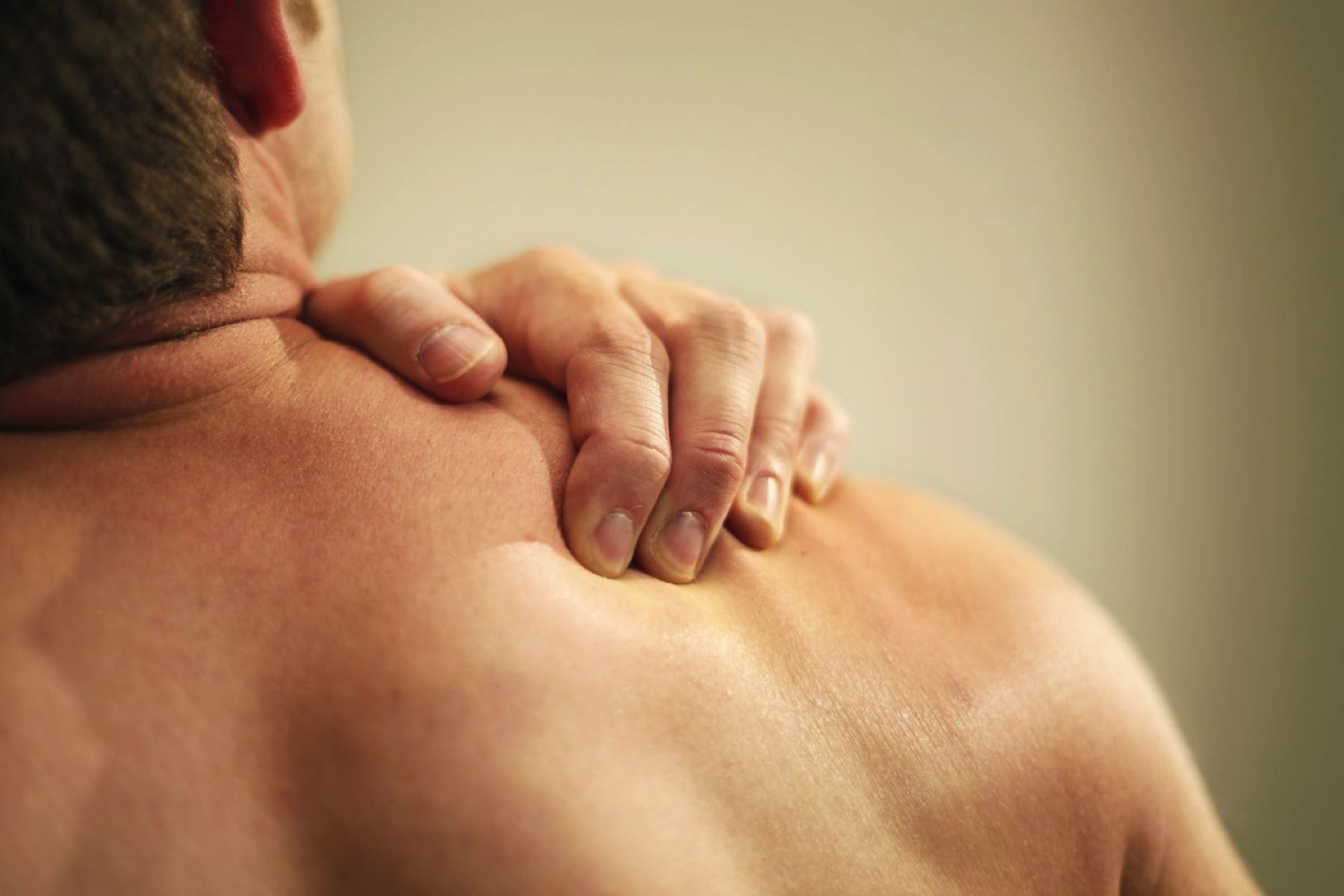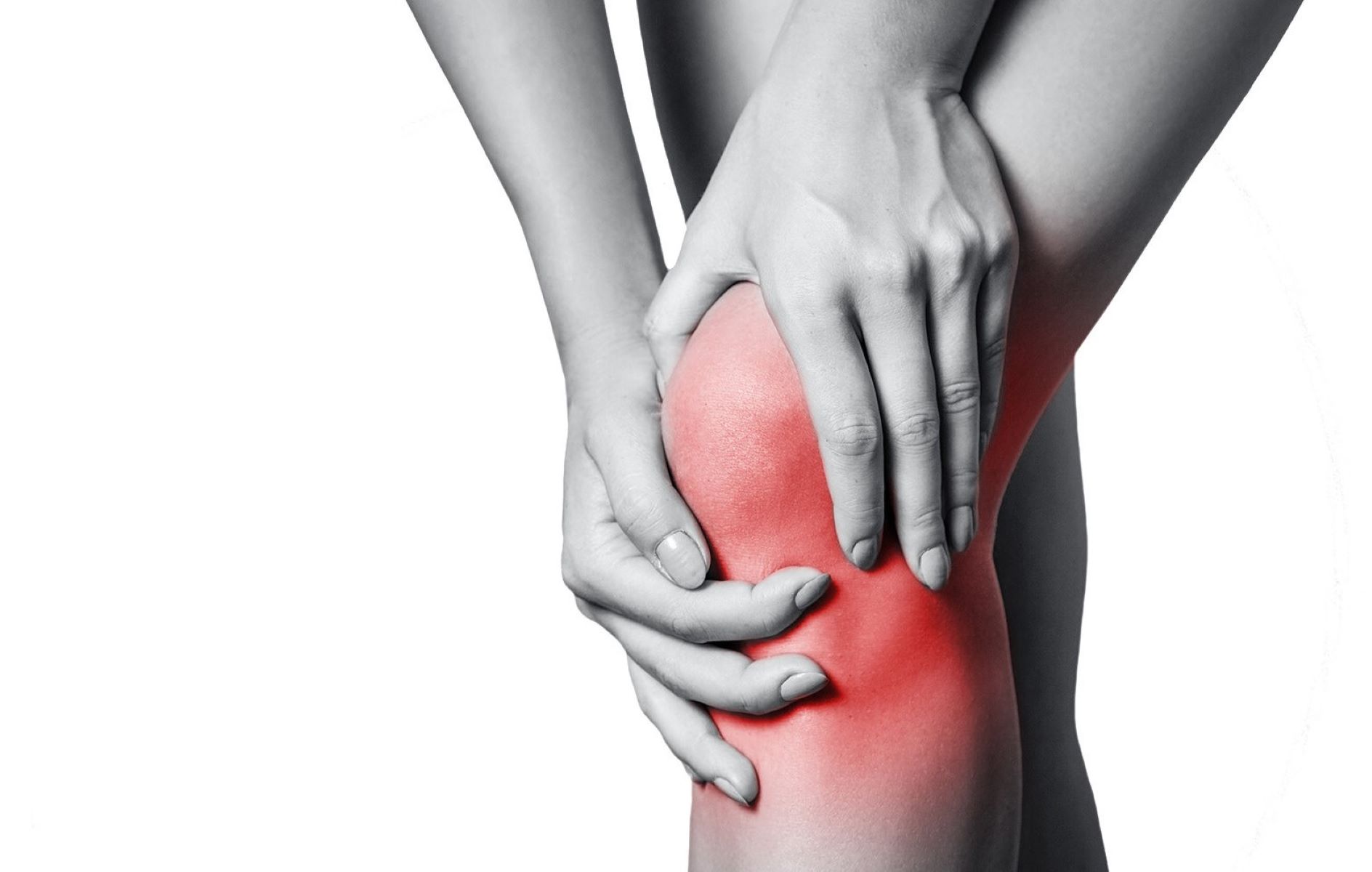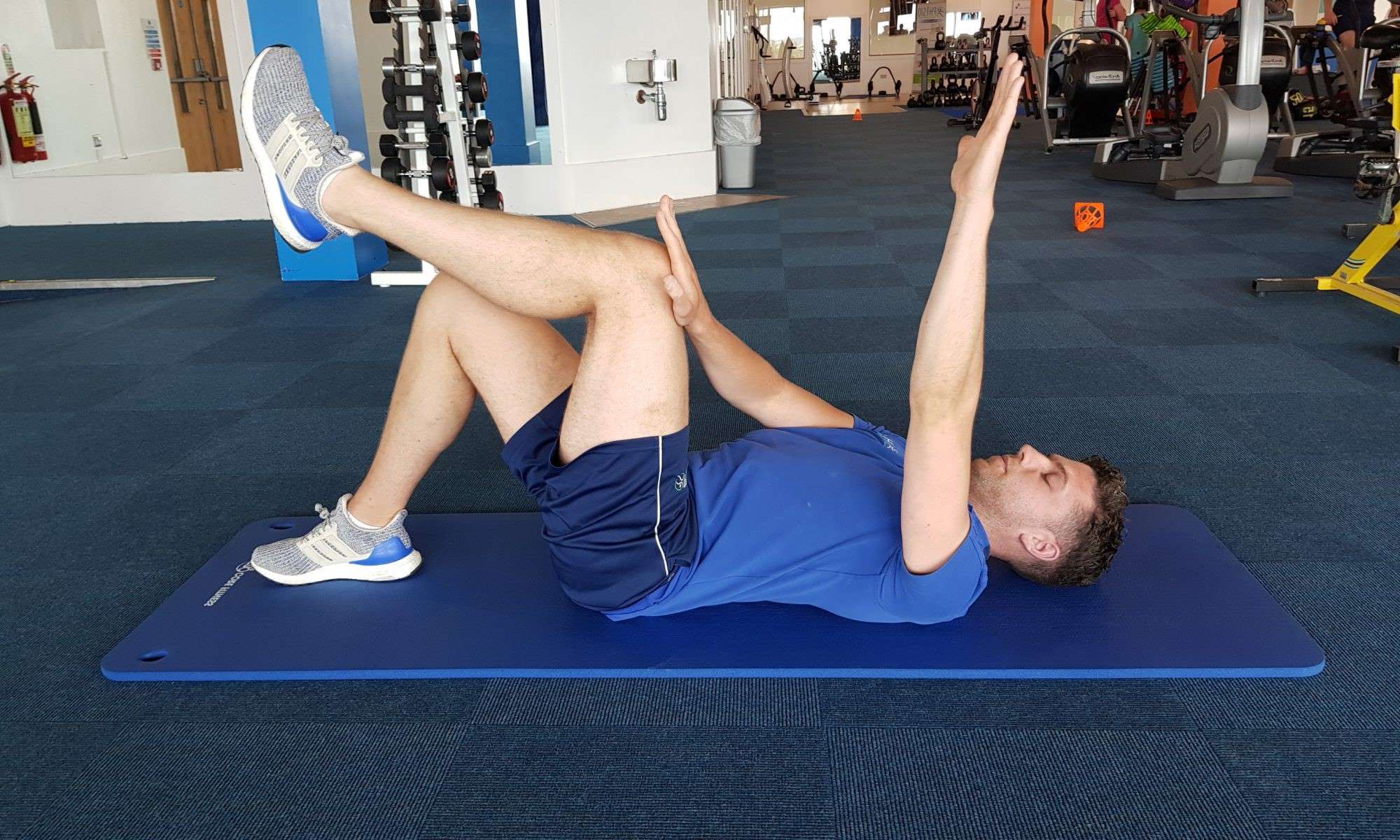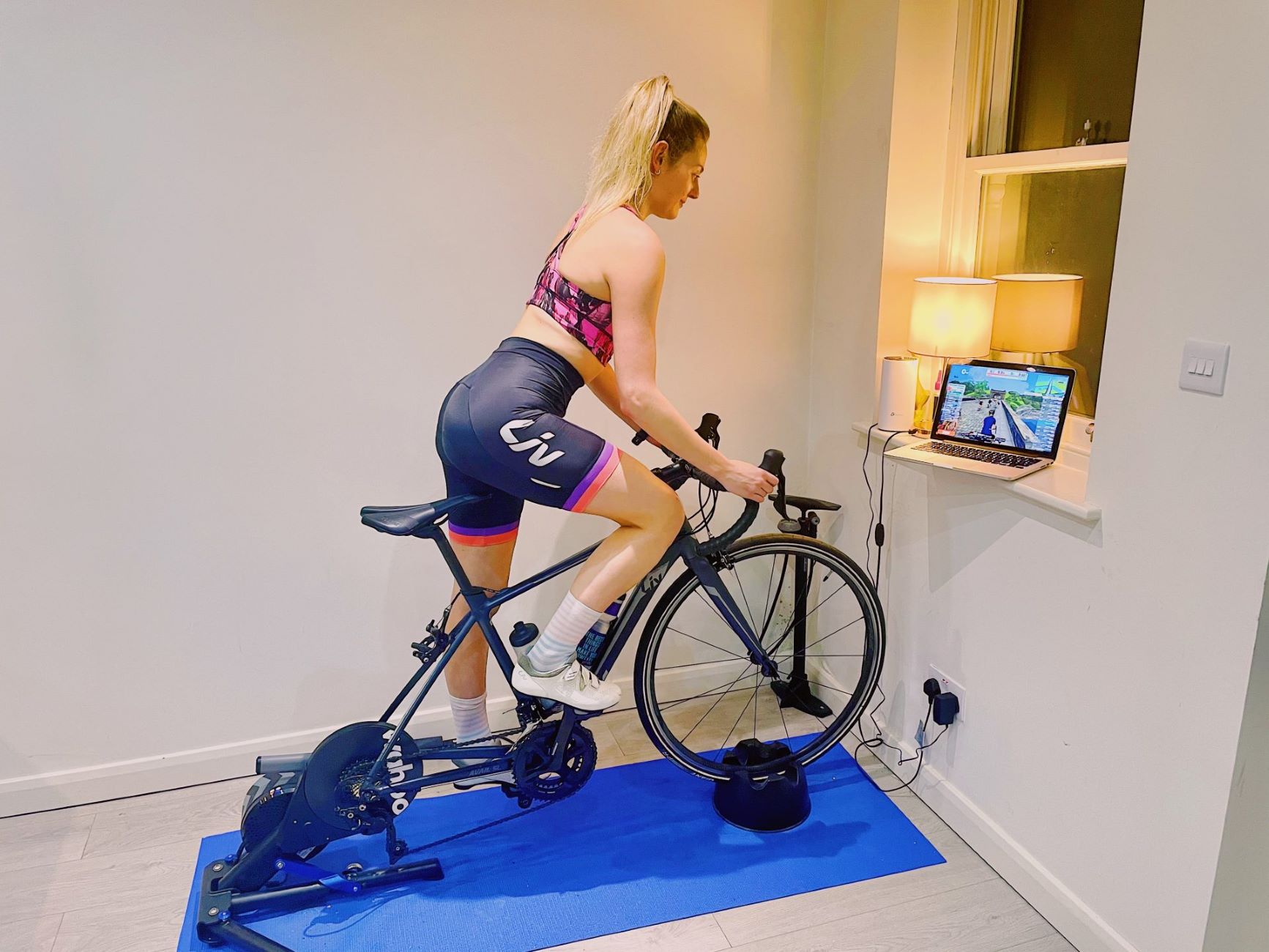Home>Health & Nutrition>Injury Prevention>Causes Of Hand Swelling During Running


Injury Prevention
Causes Of Hand Swelling During Running
Published: February 20, 2024
Learn how to prevent hand swelling during running with effective injury prevention techniques. Understand the causes and find solutions to keep your hands comfortable and pain-free.
(Many of the links in this article redirect to a specific reviewed product. Your purchase of these products through affiliate links helps to generate commission for Therunningadvisor.com, at no extra cost. Learn more)
Table of Contents
Understanding Hand Swelling during Running
Hand swelling during running is a common occurrence that can be attributed to various factors. Understanding the reasons behind this phenomenon is crucial for both injury prevention and overall performance improvement. When we engage in physical activities such as running, our bodies undergo a series of physiological changes, and the hands are not exempt from these effects.
During running, the body's blood flow is redirected to the working muscles, such as those in the legs and arms, to meet the increased demand for oxygen and nutrients. This redistribution of blood flow can lead to a temporary increase in pressure within the blood vessels of the hands, resulting in swelling. Additionally, the repetitive impact and motion of running can cause the hands to swell as a natural response to the physical exertion.
Furthermore, the role of hydration in hand swelling during running cannot be overlooked. Dehydration can lead to decreased blood volume and increased sodium levels, which may contribute to swelling in the hands. On the other hand, overhydration can also lead to swelling due to an imbalance in electrolytes. Therefore, maintaining proper hydration levels is essential for preventing hand swelling during running.
The running form also plays a significant role in hand swelling. Improper arm positioning and excessive tension in the upper body can impede blood circulation, leading to increased pressure in the hands and subsequent swelling. It is important to maintain a relaxed and natural arm swing while running to minimize the risk of hand swelling.
In some cases, hand swelling during running may be indicative of underlying medical conditions such as lymphedema or vascular issues. Lymphedema, characterized by the retention of lymphatic fluid, can cause swelling in the hands and other extremities. Vascular issues, including venous insufficiency or blood clots, can also manifest as hand swelling during physical activity.
By understanding the multifaceted nature of hand swelling during running, individuals can take proactive measures to mitigate this phenomenon. Implementing proper hydration strategies, maintaining a balanced running form, and seeking medical evaluation when necessary are essential steps in addressing hand swelling and promoting overall well-being during running activities.
Read more: Causes Of Blurry Vision While Running
Impact of Blood Flow on Hand Swelling
The impact of blood flow on hand swelling during running is a pivotal aspect that warrants attention. When we engage in physical activities such as running, our bodies undergo a series of physiological changes, and the hands are not exempt from these effects. The redistribution of blood flow to the working muscles, particularly in the legs and arms, is a fundamental response to the increased demand for oxygen and nutrients during exercise. This redirection of blood flow can lead to a temporary increase in pressure within the blood vessels of the hands, resulting in swelling.
The intricate network of blood vessels in the hands plays a crucial role in regulating blood flow and maintaining optimal circulation. However, during running, the body prioritizes the delivery of oxygen-rich blood to the active muscles, which can lead to a transient buildup of pressure in the hands. This phenomenon is a natural consequence of the body's adaptive response to physical exertion.
Moreover, the repetitive impact and motion of running can further contribute to hand swelling. The continuous rhythmic movement of the arms and hands, combined with the increased blood flow to these areas, can lead to a temporary enlargement of the hands. This process is a manifestation of the body's dynamic adjustment to the demands of running and is often accompanied by a sensation of fullness or tightness in the hands.
Understanding the impact of blood flow on hand swelling is essential for individuals seeking to optimize their running experience. By recognizing the physiological mechanisms at play, runners can adopt strategies to minimize hand swelling and enhance overall performance. Implementing gradual warm-up exercises, maintaining proper hydration levels, and incorporating regular stretching routines can help promote efficient blood flow and reduce the likelihood of significant hand swelling during running.
In essence, the impact of blood flow on hand swelling during running underscores the intricate interplay between physiological responses and physical activity. By acknowledging and addressing this aspect, individuals can strive to achieve a more comfortable and rewarding running experience while minimizing the temporary effects of hand swelling.
Role of Hydration in Hand Swelling
Proper hydration is a critical factor in addressing hand swelling during running. The body's hydration status directly influences blood volume, electrolyte balance, and overall circulation, all of which play a significant role in the occurrence of hand swelling.
When the body is inadequately hydrated, blood volume decreases, leading to a higher concentration of sodium in the blood. This imbalance can result in fluid retention, including in the hands, as the body attempts to maintain a stable internal environment. Conversely, overhydration can also lead to hand swelling due to dilution of electrolytes, disrupting the delicate balance required for optimal bodily function.
Maintaining an appropriate fluid balance is essential for supporting efficient blood circulation, which can help mitigate hand swelling during running. Adequate hydration ensures that the blood maintains its optimal viscosity, allowing it to flow more freely through the blood vessels in the hands and other extremities. This, in turn, reduces the likelihood of fluid accumulation and subsequent swelling.
Furthermore, proper hydration supports the body's thermoregulation mechanisms, which are crucial during physical activities such as running. As the body temperature rises during exercise, sweating occurs to dissipate heat. However, inadequate hydration can compromise the body's ability to regulate temperature, leading to increased fluid retention and potential swelling in the hands.
To optimize hydration and minimize hand swelling during running, individuals should prioritize consistent fluid intake before, during, and after their workouts. Water is a fundamental component of maintaining proper hydration, and its consumption should be balanced with the loss of fluids through sweating during exercise. Additionally, incorporating electrolyte-rich beverages or foods can help replenish essential minerals lost through sweating, further supporting optimal hydration and reducing the risk of hand swelling.
In essence, the role of hydration in hand swelling during running is undeniable. By prioritizing proper hydration practices, individuals can support optimal blood circulation, maintain electrolyte balance, and minimize the likelihood of hand swelling, ultimately enhancing their running experience and overall well-being.
Influence of Running Form on Hand Swelling
The influence of running form on hand swelling is a crucial aspect that significantly impacts the overall running experience. Proper running form not only enhances performance but also plays a pivotal role in minimizing the occurrence of hand swelling during running activities.
Maintaining a balanced and efficient running form is essential for optimizing biomechanical efficiency and reducing unnecessary strain on the body. When it comes to hand swelling, the position and movement of the arms directly influence blood circulation and pressure in the hands. Improper arm positioning, excessive tension in the upper body, or erratic arm movements can impede blood flow, leading to increased pressure in the hands and subsequent swelling.
A relaxed and natural arm swing is key to minimizing hand swelling during running. The arms should swing naturally in coordination with the opposite leg, promoting a rhythmic and balanced movement that supports optimal blood circulation. Excessive tension or rigidity in the arms can restrict blood flow, potentially contributing to hand swelling.
Furthermore, the alignment of the upper body and the engagement of the core muscles play a significant role in running form and its impact on hand swelling. A forward-leaning posture or excessive twisting of the torso can disrupt the natural flow of blood to the arms and hands, potentially leading to increased pressure and swelling. Conversely, maintaining an upright posture and engaging the core muscles can support a more efficient distribution of blood flow, reducing the likelihood of hand swelling during running.
In addition to arm positioning and upper body alignment, the overall running gait and stride length can also influence hand swelling. A smooth and balanced running gait promotes a harmonious movement pattern throughout the body, including the arms and hands. Consistency in stride length and foot placement can contribute to a more stable running form, minimizing unnecessary fluctuations in blood pressure and reducing the risk of hand swelling.
By paying attention to running form and making necessary adjustments, individuals can proactively mitigate hand swelling during running. Emphasizing a relaxed arm swing, maintaining proper upper body alignment, and cultivating a balanced running gait are essential elements in optimizing running form to minimize hand swelling and enhance overall running performance.
In essence, the influence of running form on hand swelling underscores the interconnectedness of biomechanics and physiological responses during running. By prioritizing a balanced and efficient running form, individuals can strive to minimize hand swelling and promote a more comfortable and rewarding running experience.
Potential Medical Conditions Related to Hand Swelling
Hand swelling during running can sometimes be indicative of underlying medical conditions that warrant attention and evaluation. While temporary swelling due to exercise-induced factors is common, persistent or recurrent hand swelling may signal the presence of medical issues that require medical assessment and intervention.
One potential medical condition related to hand swelling is lymphedema. This condition involves the retention of lymphatic fluid, leading to swelling in the hands and other affected extremities. Lymphedema can be caused by damage to the lymphatic system, often resulting from surgery, radiation therapy, or infection. In some cases, individuals may experience primary lymphedema, which is attributed to developmental issues in the lymphatic system. The swelling associated with lymphedema can be persistent and may worsen during physical activity, including running.
Vascular issues, such as venous insufficiency or blood clots, can also manifest as hand swelling during physical activity. Venous insufficiency occurs when the veins in the arms or hands have difficulty returning blood to the heart, leading to fluid retention and swelling. Additionally, blood clots, known as deep vein thrombosis (DVT), can obstruct blood flow and cause swelling in the affected area. Both conditions require medical evaluation and treatment to address the underlying vascular issues and alleviate hand swelling.
Furthermore, systemic conditions such as heart failure or kidney disease can contribute to hand swelling during running. In individuals with heart failure, the heart's reduced ability to pump blood effectively can lead to fluid buildup in the body, including the hands. Similarly, kidney disease can result in fluid retention and electrolyte imbalances, potentially leading to hand swelling during physical exertion.
It is essential to recognize that while exercise-induced hand swelling is common and often transient, persistent or concerning swelling should prompt individuals to seek medical evaluation. Identifying and addressing potential underlying medical conditions is crucial for maintaining overall health and well-being, particularly in the context of physical activity such as running.
In summary, while exercise-induced hand swelling is often a temporary and benign occurrence, it is important to remain vigilant and seek medical attention if persistent or concerning symptoms arise. By addressing potential medical conditions related to hand swelling, individuals can ensure comprehensive care and support for their overall health, allowing them to continue enjoying the benefits of physical activity with peace of mind.
















